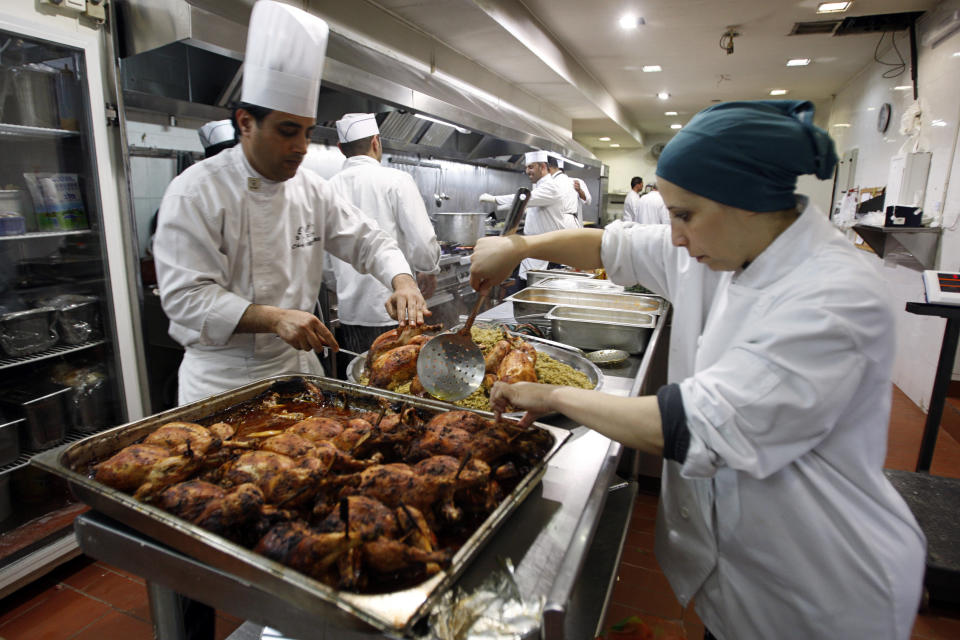These are the fastest-growing jobs in the next 5 years
Being a home health aide is predicted to be the fastest-growing job from 2018 to 2023, according to a new report from CareerBuilder.
The CareerBuilder data was calculated based on info from Emsi, a national leader in medical information services, and focuses on 774 occupations that are classified by the Bureau of Labor Statistics.

‘Most professionals are becoming tech workers in some capacity’
The biggest jumps are for home health aides, software developers, and medical assistants. Registered nurses, the occupation on the list with the most expected jobs added, are expected to see an 8.39% jump in job openings by 2023.
“What we see across industries … is that most professionals are becoming tech workers in some capacity,” Irina Novoselsky, CEO of CareerBuilder, told Yahoo Finance in an email.
With technology continuing to evolve, skills that employees will need are being redefined as well. Novoselsky noted that most of the fastest-growing occupations include some kind of technological component. Earlier this year, tech jobs took the top two spots as the “Best Jobs in America,” largely due to the high demand for the position.

“As we have seen historically, technology and healthcare positions continue to dominate the fastest-growing occupations,” she said. “Technology is an integral part of business and everyday life. Advancements in medicine are enabling people to live longer.”
‘Employers should be focusing more on skills and competencies’
The occupations were sorted into three categories: high-wage jobs, middle-wage jobs, and low-wage jobs. Low-wage jobs were defined as those that pay $14.17 or less an hour, middle-wage jobs as $14.18-$23.59 per hour, and high-wage jobs as $23.24 per hour.
Jobs on the rise in the high-wage category include postsecondary teachers, accountants and auditors, and computer user support specialists. Among middle-wage occupations, customer service representatives, construction laborers, and general maintenance and repair workers are seeing the biggest jump. In the low-wage category are occupations such as retail salespersons, security guards, and restaurant cooks.

According to Novoselsky, the upward trends mean that employers need to relook at their job requirements in order to hire the right people.
“We are seeing that savvy employers are not always prioritizing a four-year degree, especially given the different ways that people can more quickly acquire needed skills,” she said. “Employers should be focusing more on skills and competencies rather than traditional markers like education and experience to make sure they are recruiting the best candidates for their open positions.”
Novoselsky is expecting employment growth to continue “on a positive trajectory” in the coming years, due to the jobs being added across different industries and wage categories.
However, “the growth in middle-wage employment will lag that of high-wage and low-wage employment, continuing a trend that has serious implications for middle-wage workers,” she said.
Follow Adriana on Twitter.
Read more: The U.S. nursing boom is just getting started
Read more: Women in the financial industry see the biggest gender pay gaps
